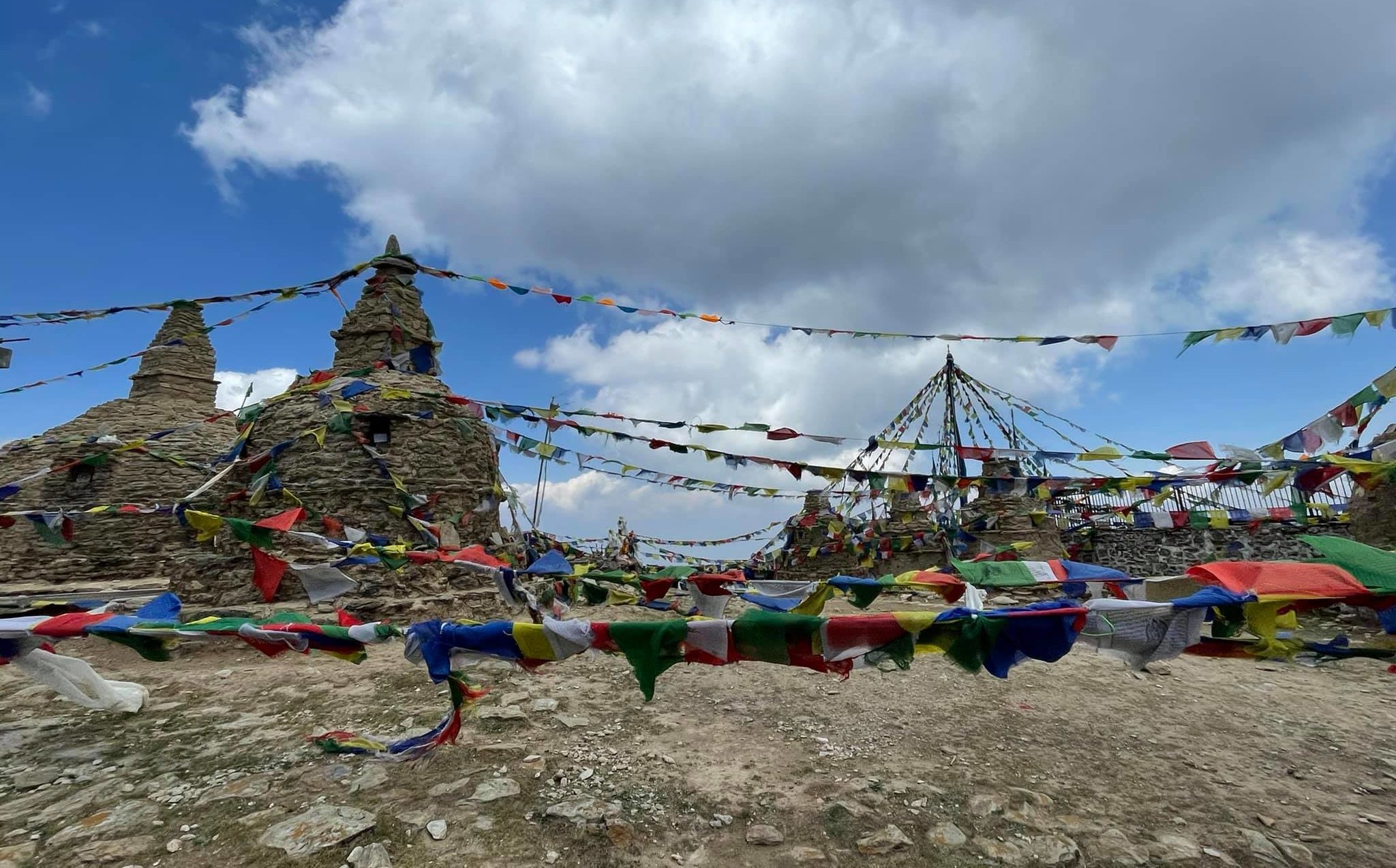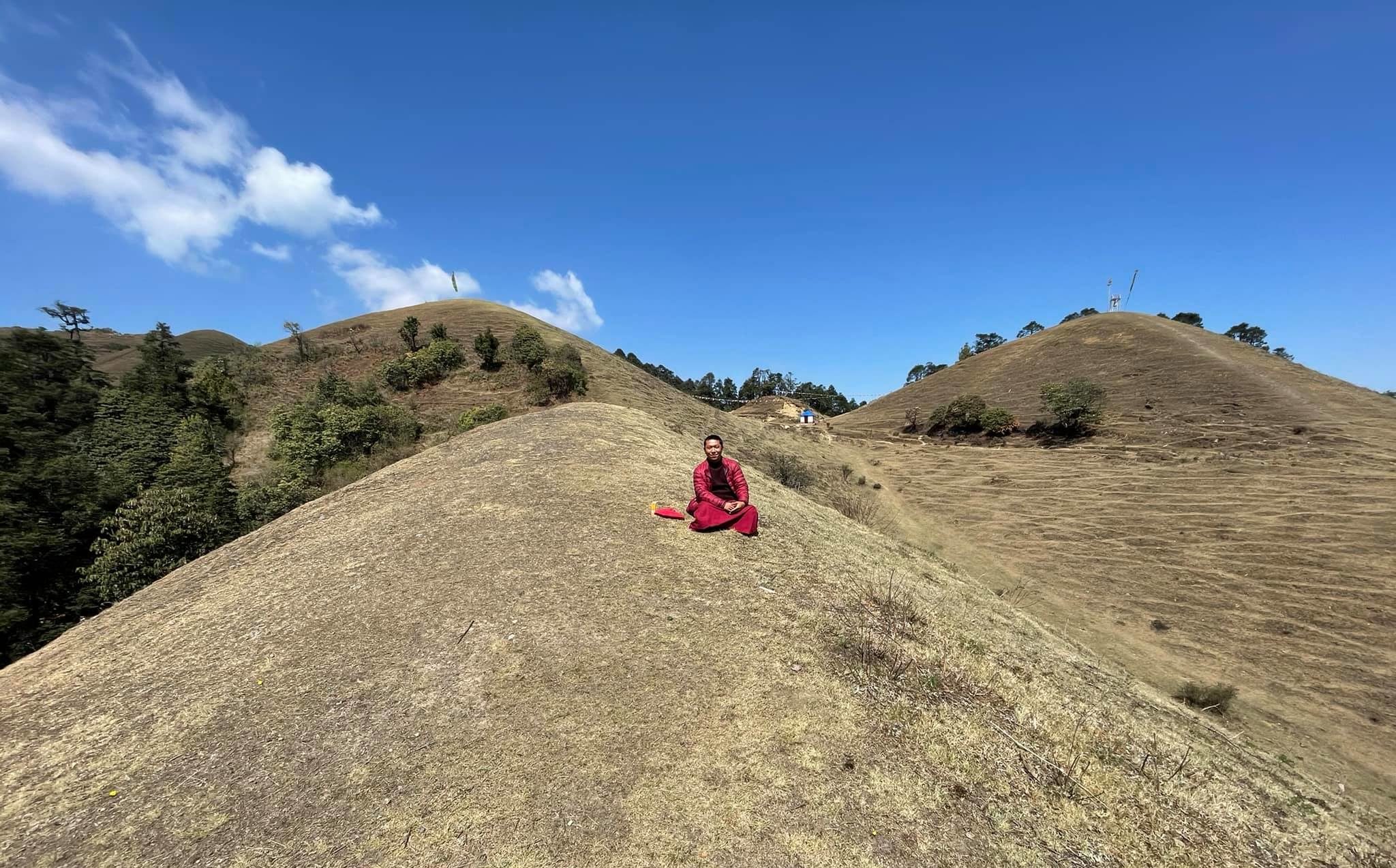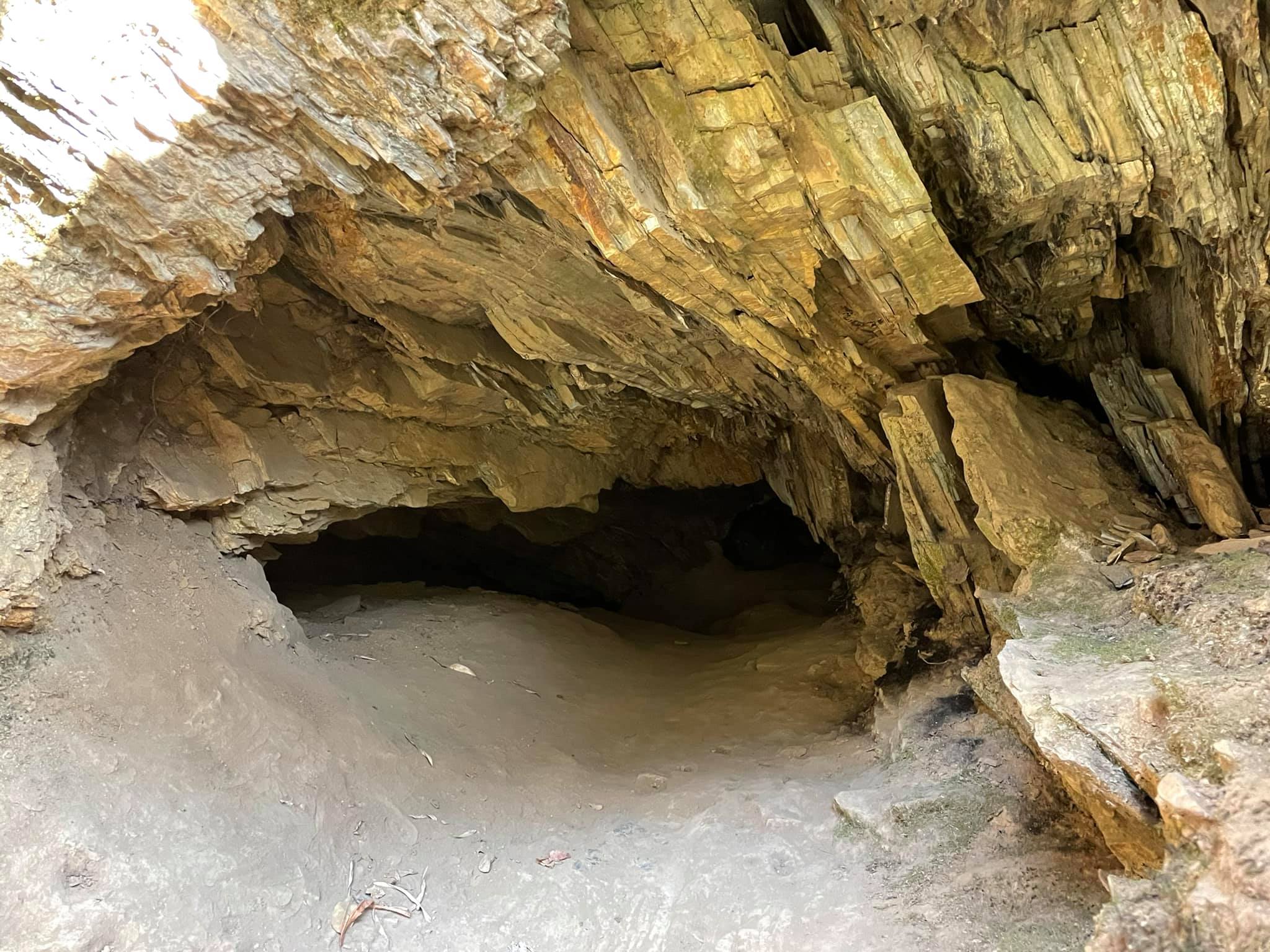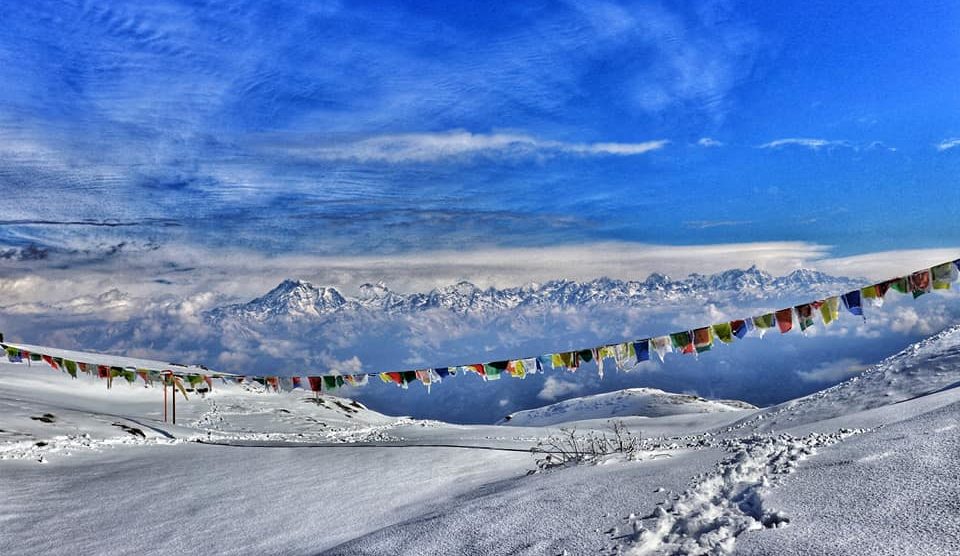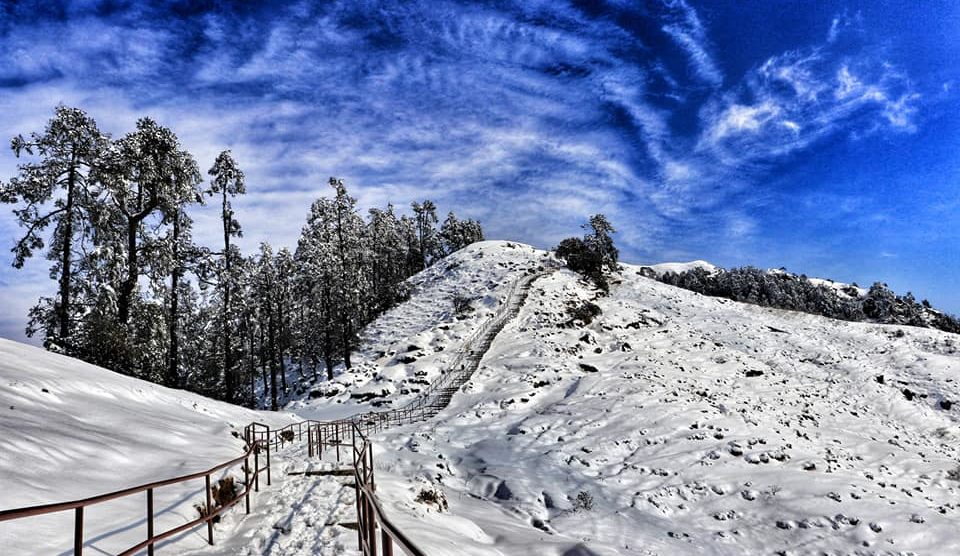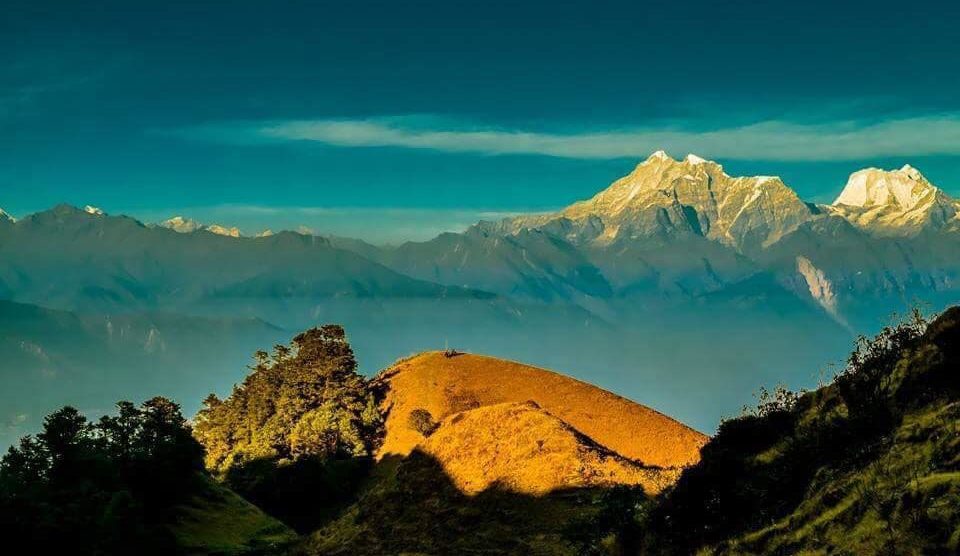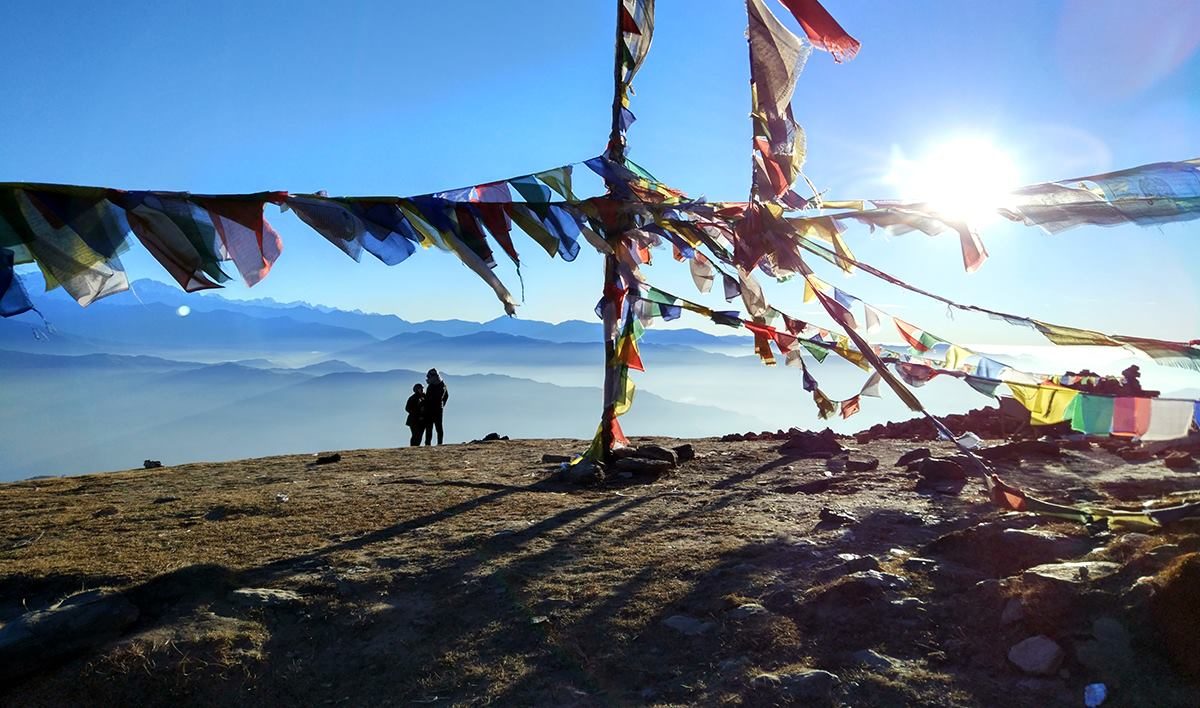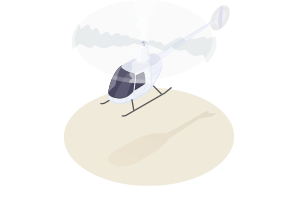Indigenous People’s Trail Trekking is a newly developed culture-based trekking. The indigenous people’s trail, the first of its kind in Nepal offers visitors unique and memorable exposure to one of the most culturally diverse areas of the Ramechhap district. The trail is ringed by the Sun Koshi River to the south, the rapidly flowing Tama Koshi in the east, and the Thulo Sailung hill in the north. The amazing sceneries and the breathtaking views along the trail offer a great experience to visitors.
The trail presents a natural blend of culture, language, and ethnic diversity along with spectacular Himalayan panoramas, stretching from Number Peak and Kanchenjunga, the world’s third-highest peak in the east, to Dhaulagiri and Annapurna in the west. Proper harmony and peace among the two major religions, Hinduism and Buddhism, can be observed where the variety of gods and goddesses, temples, stupas, and monasteries are found in abundance. Out of the total population in the Ramechhap district, 57.9% belong to indigenous communities comprising Bramin, Chettri, Newar, Tamang, Thami, Sherpa, and Yolmo. Majhis and Danuwar belong to fishing communities that live in riverine villages along the Sun Koshi and Tama Koshi Rivers.
We begin our journey to Indigenous People’s Trekking Trail with a -7 hr drive from Kathmandu up to the trekking starting point at Dhunge via Mude. After the drive, we begin our trek towards Thulo Sailung (3300 m) and follow the trail down to the Sherpa village of Khola Kharka where you will spend the night. Thulo Sailung offers magnificent views over Kalinchowk to the Annapurna, Langtang, Ganesh Himal, Rowaling, Everest, and Kanchenjunga ranges, to the South the Mahabharata hills roll over the Sun Koshi River and down to the Terai below. During the festival of Saun Purnima, held on the full moon of July/August during which Tamang pilgrims crowd around the ruined Chortens at the highest point of Thulo Sailung. Nowadays, no blood sacrifices are permitted on Thulo Sailung. The shamans have surrendered to Buddhist Dominance and refrain from offering blood to the fierce female deities.
Follow the trail The ‘Indigenous Peoples Trail’ is possible throughout the year, although the best season is October to December and March to April when the Rhododendrons are in bloom.

